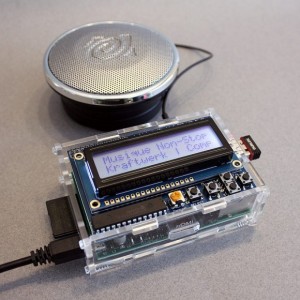Virtual communities, connected through social media, are an ever-increasing part of living and interacting in the contemporary world. Such communities exist beyond the geographical and social limitations of the ‘real world’ where their members, bound by common interests, goals and experiences, engage and interact with one another.
Studies of virtual communities promise to both extend and enhance the body of knowledge on human behaviour. This session will contribute to a greater awareness of virtual communities for participants. Discussion may include what research conducted on virtual communities might reveal, issues for virtual community research, and potential avenues for studying virtual communities.




